The Loire Valley, two hours southwest of Paris, is the birthplace of Renaissance France. For centuries, the royal city of Amboise attracted both kings and artists. What comes as a surprise to many visitors is that Amboise is the resting place of Italy’s greatest Renaissance artist, Leonardo da Vinci. Having worked in the service of two French kings, Da Vinci lived out his final years in a mansion the heart of the Loire Valley. His unassuming tomb lies in the tiny Chapel of Saint Hubert at Château d’Amboise.
Francis I (r. 1515-1547) is considered France’s first Renaissance King for the cultural advances made during his reign. He was man of letters and a devoted patron of the arts. The king opened his library to scholars and gathered artwork that eventually formed the nucleus of the Louvre Museum’s collection.
Like his father, Louis XII (r. 1498-1515), Francis was engaged in wars with Italy, during which time he developed a passion for Italian art and architecture. His scouts scoured Italy procuring magnificent paintings by Titian, Raphael and Michelangelo. The visionary, young king was no stranger to Leonardo Da Vinci who worked as an engineer for his father in Milan and designed a mechanical lion used at Francis’s coronation. Francis even tried (unsuccessfully) to acquire the Last Supper, but the impracticality of moving a monumental fresco proved too much.
Not to be discouraged! If the king couldn’t have the great masterpiece, he would have the great master himself. While Francis may not have been the most militarily savvy king, he landed quite a trophy when he carried Leonardo da Vinci off to France. Lured by the freedom to “think, dream and work,” Da Vinci crossed the Alps by mule- with the Mona Lisa in tow- arriving in Amboise the autumn of 1516.
Francis bestowed Leonardo a hefty pension and the title of “First Painter, Architect and Engineer to the King.” He was also given a manor house, Du Clos Luce, which tradition holds was connected to the château by secret passage by which the king would visit. The museum at Du Clos Luce offers a glimpse into the genius’s daily and professional life. One can see blueprints for a château for the King’s mother, a Loire Valley canal system, full-scale models of inventions, and the bed he supposedly died upon.
While living in France, Da Vinci was engaged more in architecture and engineering than in painting. Scholars believe he designed much of King Francis’s sumptuous Renaissance palace, Château Chambord. In particular, the playful, double-helix staircase on which two people can take an entwined (DNA-like) spiral staircase and never meet. Leonardo is also thought to have designed the garden gateways at nearby Château de la Bourdaisiere, home of King Henry IV’s mistress, Gabrielle d’Estrées.
Leonardo died on May 2, 1519 at age 67- some say, in the arms of the 25 year old king, who held the artist in deep affection and referred to him as “my father.” Da Vinci was buried in the cloister at the royal chateau, which was destroyed during the French Revolution. Today, his remains are unaccounted for, but his official tomb which reads: “evoking the final resting place of Leonardo Da Vinci” is located at Chateau d’Amboise in St. Hubert’s Chapel.


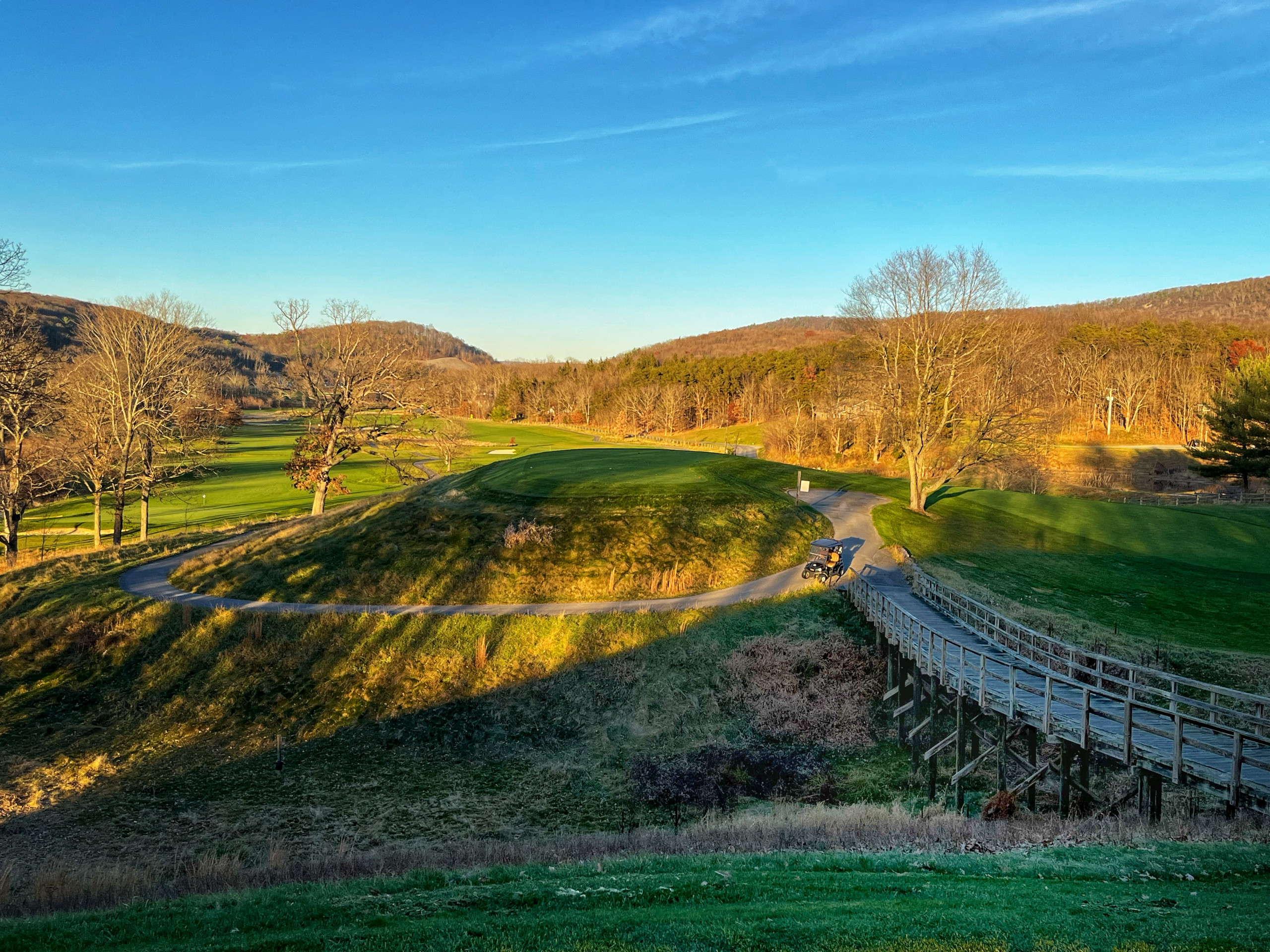
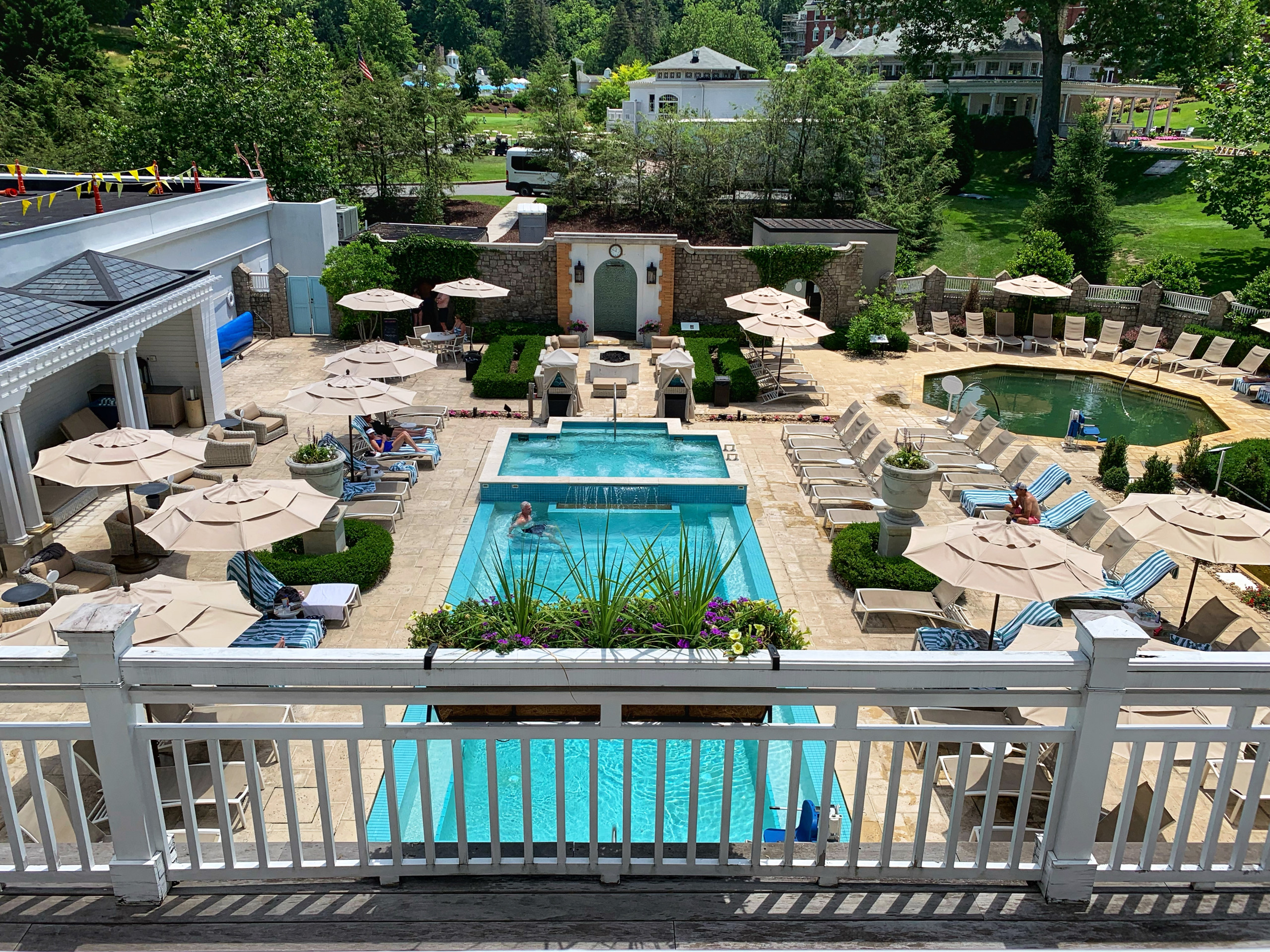
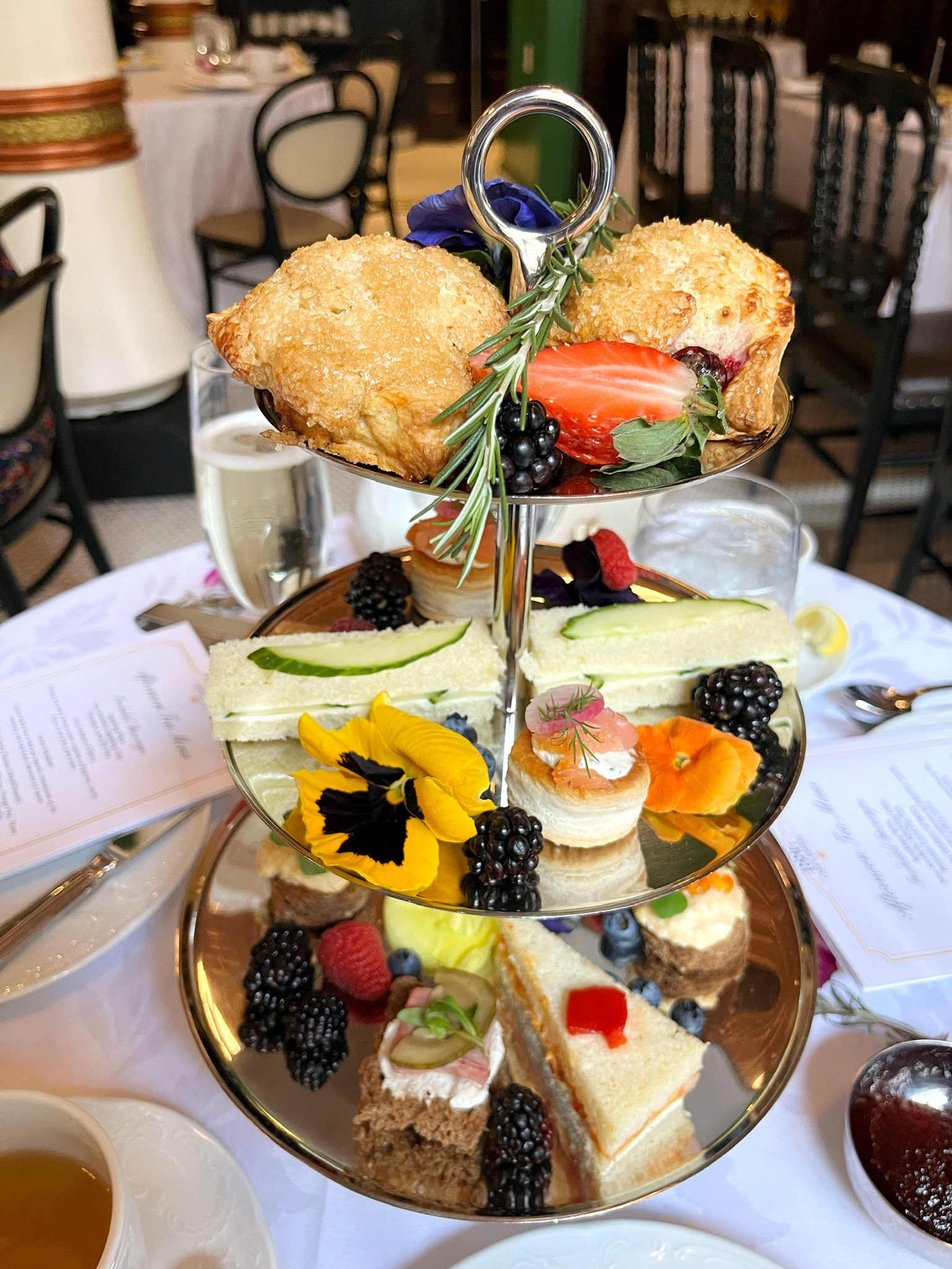
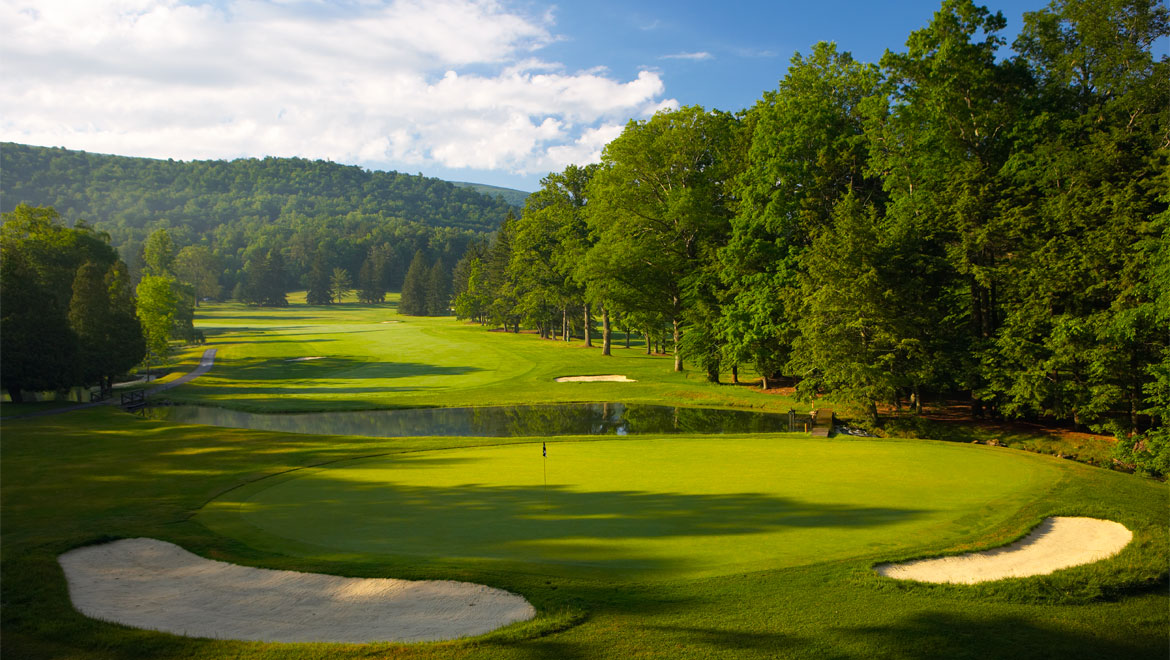
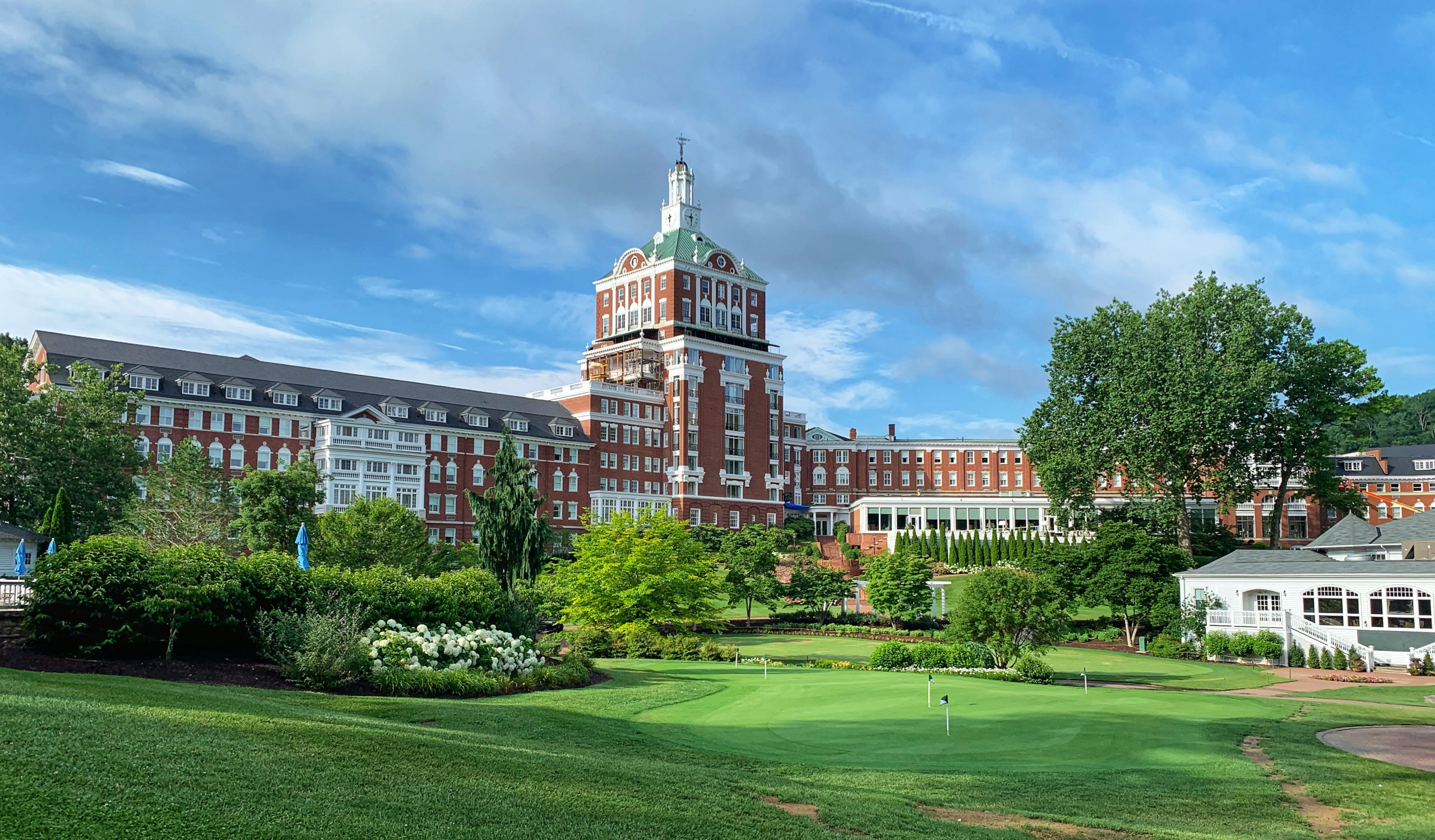
Leave A Comment